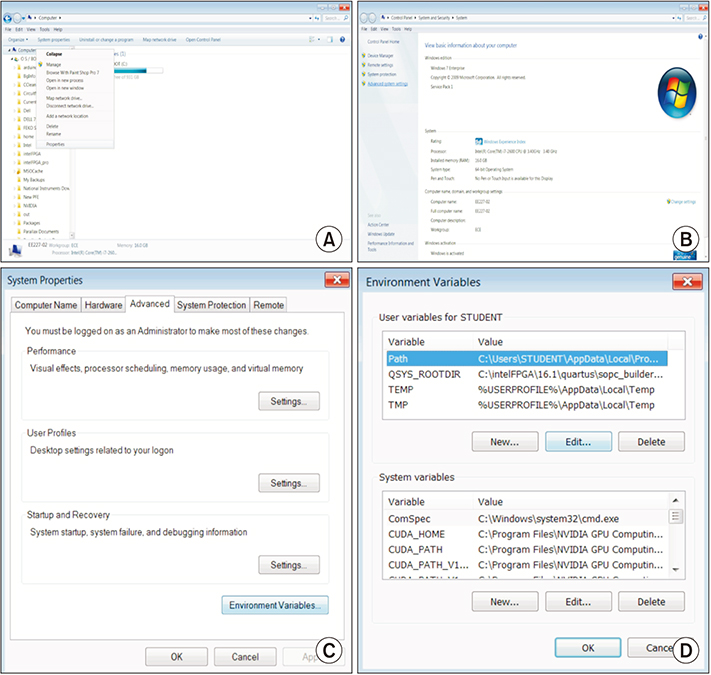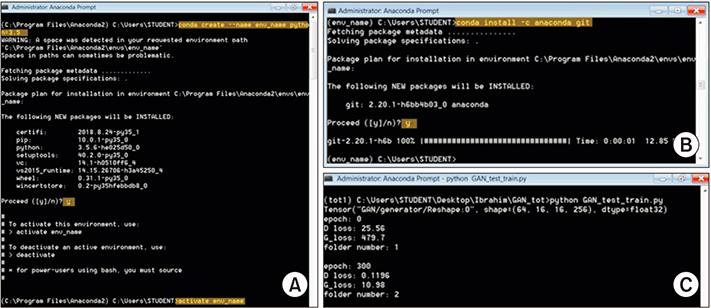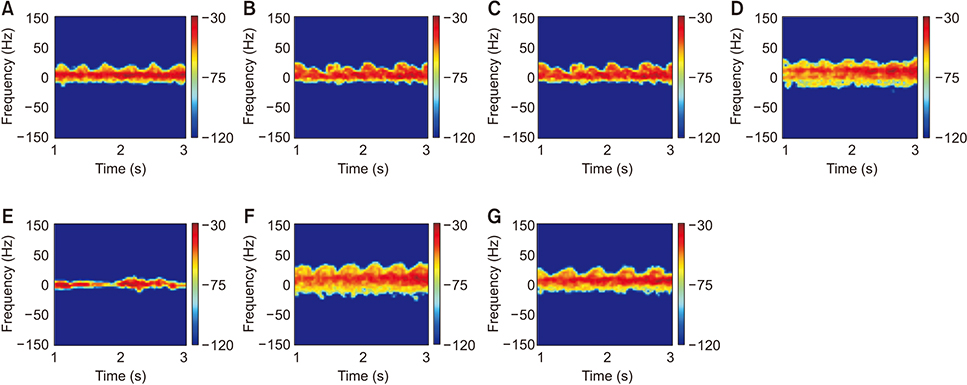Healthc Inform Res.
2019 Oct;25(4):344-349. 10.4258/hir.2019.25.4.344.
Augmentation of Doppler Radar Data Using Generative Adversarial Network for Human Motion Analysis
- Affiliations
-
- 1Department of Electrical and Computer Engineering, California State University, Fresno, CA, USA. youngkim@csufresno.edu
- KMID: 2462234
- DOI: http://doi.org/10.4258/hir.2019.25.4.344
Abstract
OBJECTIVES
Human motion analysis can be applied to the diagnosis of musculoskeletal diseases, rehabilitation therapies, fall detection, and estimation of energy expenditure. To analyze human motion with micro-Doppler signatures measured by radar, a deep learning algorithm is one of the most effective approaches. Because deep learning requires a large data set, the high cost involved in measuring large amounts of human data is an intrinsic problem. The objective of this study is to augment human motion micro-Doppler data employing generative adversarial networks (GANs) to improve the accuracy of human motion classification.
METHODS
To test data augmentation provided by GANs, authentic data for 7 human activities were collected using micro-Doppler radar. Each motion yielded 144 data samples. Software including GPU driver, CUDA library, cuDNN library, and Anaconda were installed to train the GANs. Keras-GPU, SciPy, Pillow, OpenCV, Matplotlib, and Git were used to create an Anaconda environment. The data produced by GANs were saved every 300 epochs, and the training was stopped at 3,000 epochs. The images generated from each epoch were evaluated, and the best images were selected.
RESULTS
Each data set of the micro-Doppler signatures, consisting of 144 data samples, was augmented to produce 1,472 synthesized spectrograms of 64 × 64. Using the augmented spectrograms, the deep neural network was trained, increasing the accuracy of human motion classification.
CONCLUSIONS
Data augmentation to increase the amount of training data was successfully conducted through the use of GANs. Thus, augmented micro-Doppler data can contribute to improving the accuracy of human motion recognition.
MeSH Terms
Figure
Reference
-
1. Taylor JL, Gotham KO. Cumulative life events, traumatic experiences, and psychiatric symptomatology in transition-aged youth with autism spectrum disorder. J Neurodev Disord. 2016; 8:28.
Article2. Dongwoo K, Kim HC. Activity energy expenditure assessment system based on activity classification using multi-site triaxial accelerometers. Conf Proc IEEE Eng Med Biol Soc. 2007; 2007:2285–2287.
Article3. Alnujaim I, Oh D, Kim Y. Generative adversarial networks for classification of micro-doppler signatures of human activity. IEEE Geosci Remote Sens Lett. 2019; DOI: 10.1109/LGRS.2019.2919770. [Epub].
Article4. Goodfellow I, Pouget-Abadie J, Mirza M, Xu B, Warde-Farley D, Ozair S, et al. Generative adversarial nets. Adv Neural Inf Process Syst. 2014; 27:2672–2680.5. NVIDIA CUDA Toolkit [Internet]. Santa Clara (CA): NVIDIA Corp.;2019. cited at 2019 June 18. Available from: https://developer.nvidia.com/cuda-toolkit.6. NVIDIA cuDNN [Internet]. Santa Clara (CA): NVIDIA Corp.;2019. cited at 2019 June 18. Available from: https://developer.nvidia.com/cudnn.7. Anaconda Keras-GPU [Internet]. Austin (TX): Anaconda Inc.;2019. cited at 2019 June 18. Available from: https://anaconda.org/anaconda/keras-gpu.8. Anaconda SciPy [Internet]. Austin (TX): Anaconda Inc.;2019. cited at 2019 June 18. Available from: https://anaconda.org/anaconda/scipy.9. Anaconda Pillow [Internet]. Austin (TX): Anaconda Inc.;2019. cited at 2019 June 18. Available from: https://anaconda.org/conda-forge/pillow.10. Anaconda OpenCv [Internet]. Austin (TX): Anaconda Inc.;2019. cited at 2019 June 18. Available from: https://anaconda.org/conda-forge/opencv.11. Anaconda matplotlib [Internet]. Austin (TX): Anaconda Inc.;2019. cited at 2019 June 18. Available from: https://anaconda.org/conda-forge/matplotlib.12. Anaconda git [Internet]. Austin (TX): Anaconda Inc.;2019. cited at 2019 June 18. Available from: https://anaconda.org/anaconda/git.13. e-hir GAN Tutorial [Internet]. [place unknown]: github.com;c2019. cited at 2019 June 18. Available from: https://github.com/isn350/e_hir_GAN.
- Full Text Links
- Actions
-
Cited
- CITED
-
- Close
- Share
- Similar articles
-
- Uncover This Tech Term: Generative Adversarial Networks
- Image-Based Generative Artificial Intelligence in Radiology: Comprehensive Updates
- Data Augmentation Techniques for Deep Learning-Based Medical Image Analyses
- Bone Suppression on Chest Radiographs for Pulmonary Nodule Detection: Comparison between a Generative Adversarial Network and Dual-Energy Subtraction
- Updated Primer on Generative Artificial Intelligence and Large Language Models in Medical Imaging for Medical Professionals






